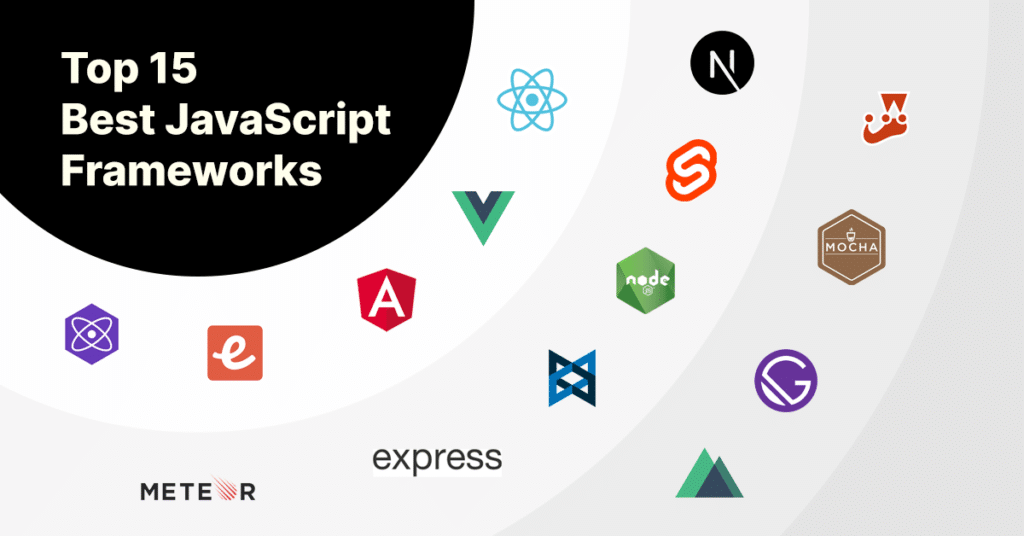The Ultimate Guide to Understanding Domain Names
In the digital age, having a strong online presence is essential for businesses, bloggers, and individuals alike. A critical component of establishing this presence is understanding domain names. This guide will take you through everything you need to know about domain names, from their basic structure to choosing the perfect one for your website. The Ultimate Guide to Understanding Domain Names
What is a Domain Name?
A domain name is a unique address that allows users to find your website on the internet. It serves as a human-readable version of the numerical IP address, making it easier to remember and share. For example, the domain name “example.com” corresponds to a specific IP address that directs users to a particular website.
Components of a Domain Name
Domain names are composed of several parts:
Top-Level Domain (TLD): This is the last segment of a domain name, such as .com, .org, .net, or country-specific codes like .au or .uk. TLDs can be generic (gTLDs) or country-code (ccTLDs).
Second-Level Domain (SLD): This is the part of the domain name that comes before the TLD, such as “example” in “example.com.” It is typically the name of the organization or individual.
Subdomain: A subdomain is an optional part of a domain name that appears before the SLD. For instance, “blog.example.com” uses “blog” as a subdomain.
Types of Domain Names
There are various types of domain names, each serving a different purpose.
Generic Top-Level Domains (gTLDs)
These are the most common TLDs and include extensions like .com, .net, .org, and .info. They are not restricted to specific entities and can be registered by anyone. https://diversewebsitedesign.com.au/website-designer/-gippsland/
Country-Code Top-Level Domains (ccTLDs)
ccTLDs are specific to a particular country or territory, such as .us for the United States, .ca for Canada, or .jp for Japan. They are often used by businesses and organizations that want to emphasize their local presence.
Sponsored Top-Level Domains (sTLDs)
sTLDs are specialized domains that have specific criteria for registration. Examples include .edu for educational institutions, .gov for government entities, and .mil for military organizations.
New Generic Top-Level Domains (nTLDs)
In recent years, a wide range of new gTLDs has been introduced, offering more options for website owners. These include extensions like .tech, .store, .online, and many others. They provide opportunities for more descriptive and brandable domain names.
How to Choose the Right Domain Name
Selecting the right domain name is crucial for your online identity. Here are some tips to help you choose a domain name that suits your needs.
Keep It Simple and Memorable
A good domain name should be easy to spell, pronounce, and remember. Avoid complex words, hyphens, and numbers that can confuse users.
Reflect Your Brand
Your domain name should align with your brand or business name. It should give users an idea of what your website is about. If possible, use your brand name as the SLD.
Choose the Right TLD
While .com is the most popular and widely recognized TLD, consider other options if your desired domain name is unavailable. Sometimes, a ccTLD or a specific nTLD can better represent your website’s purpose or location.
Consider SEO
Including relevant keywords in your domain name can help improve your website’s search engine ranking. However, avoid keyword stuffing and prioritize a natural and brandable name.
Check for Availability
Before finalizing your domain name, ensure it’s available and not already registered. You can use domain registration services to check availability and secure your chosen name.
Registering a Domain Name

Once you’ve chosen a domain name, the next step is registration. Here’s how the process works.
Select a Domain Registrar
A domain registrar is a company accredited to register domain names. Popular registrars include GoDaddy, Namecheap, and Google Domains. Choose a reputable registrar that offers good customer support and competitive pricing.
Purchase and Register
After selecting a registrar, search for your desired domain name to confirm its availability. If it’s available, you can proceed to purchase and register it. The registration period can vary, but most registrars offer terms from one to ten years.
Domain Privacy Protection
When you register a domain, your contact information is added to a public database called WHOIS. To protect your privacy, consider purchasing domain privacy protection, which keeps your personal information confidential.
Managing Your Domain Name
Owning a domain name requires ongoing management to ensure its continued success and security.
Renewing Your Domain
Domain names are registered for a specific period. To keep your domain active, renew it before it expires. Most registrars offer auto-renewal options to prevent accidental expiration.
Updating DNS Settings
Domain Name System (DNS) settings determine how your domain name is connected to your website and email services. You may need to update these settings if you change hosting providers or set up new services.
Transferring Your Domain
If you decide to switch registrars, you can transfer your domain. This process involves unlocking your domain, obtaining an authorization code, and initiating the transfer with the new registrar.
Conclusion
Understanding domain names is fundamental to establishing a successful online presence. By choosing the right domain name and managing it effectively, you can enhance your brand’s visibility and credibility on the internet. Whether you’re starting a new website or looking to improve an existing one, this ultimate guide provides the knowledge you need to navigate the world of domain names confidently.






